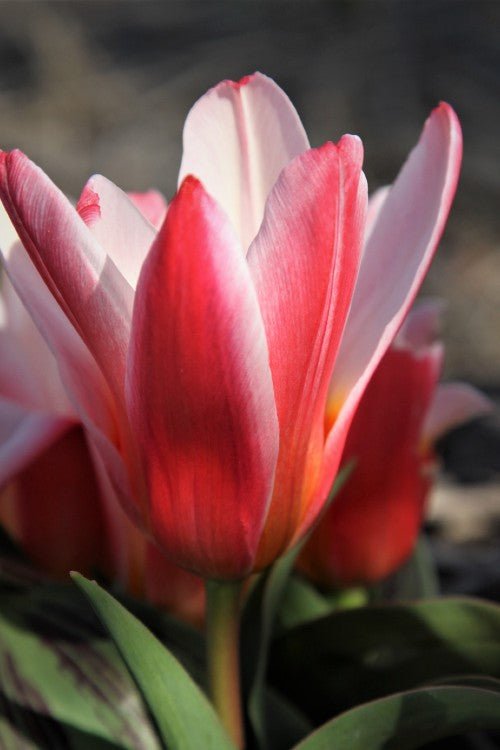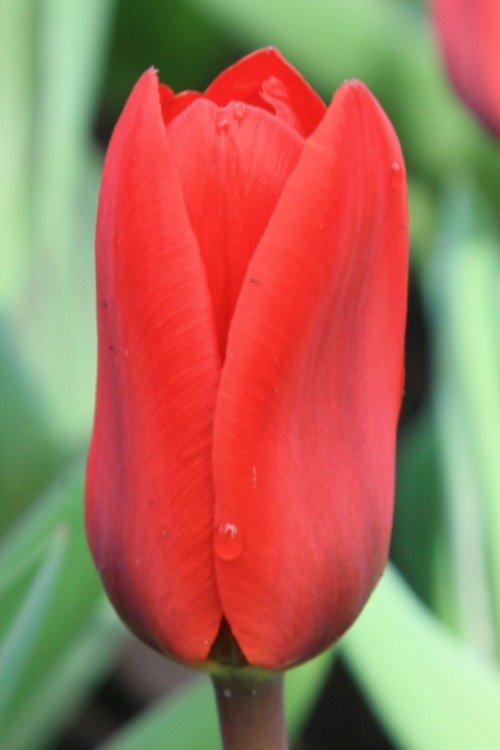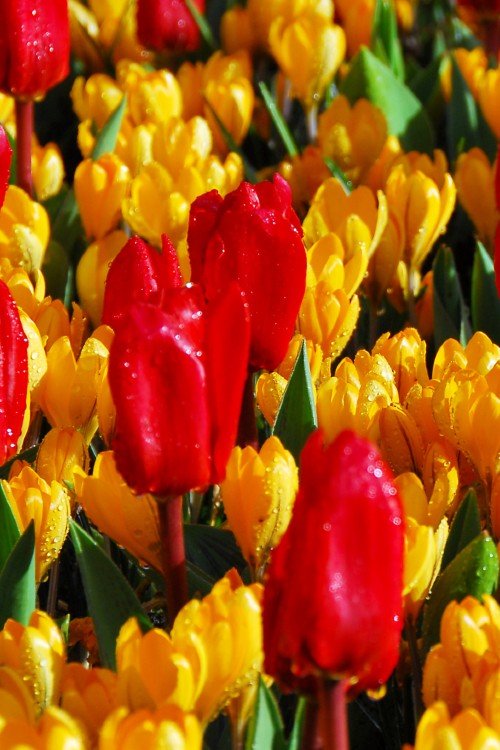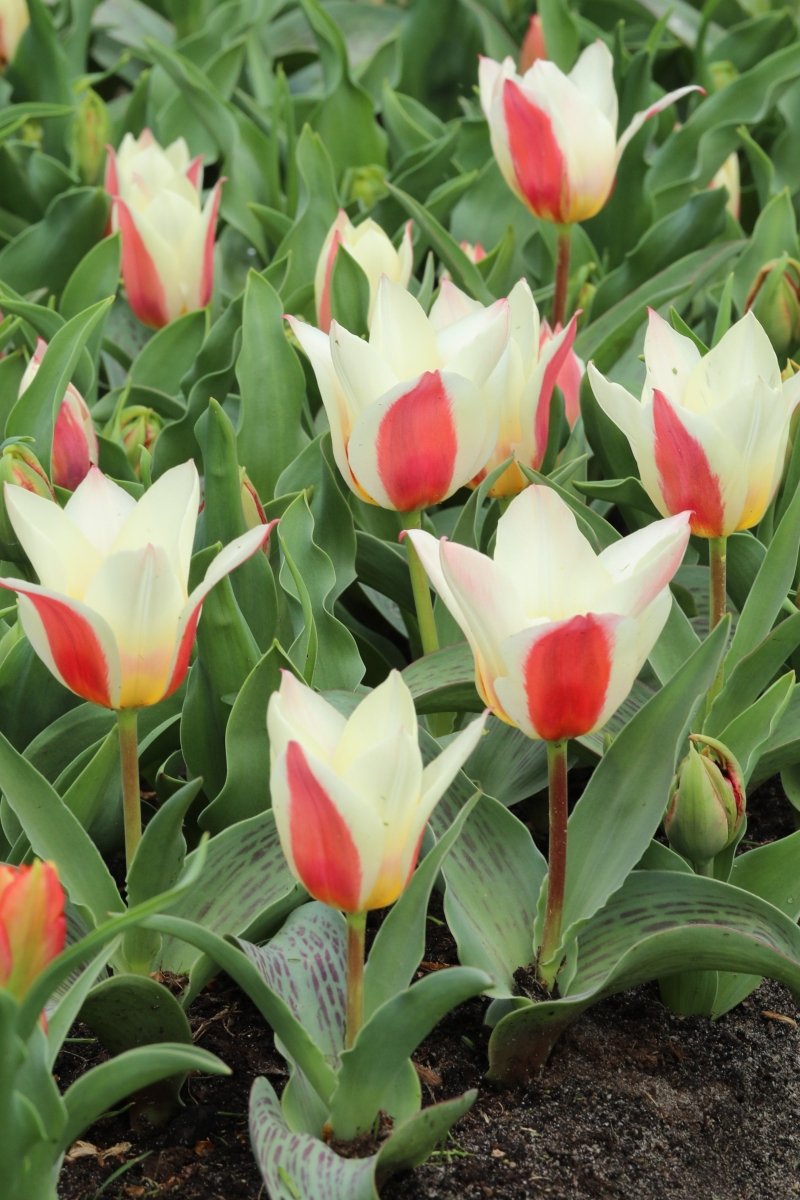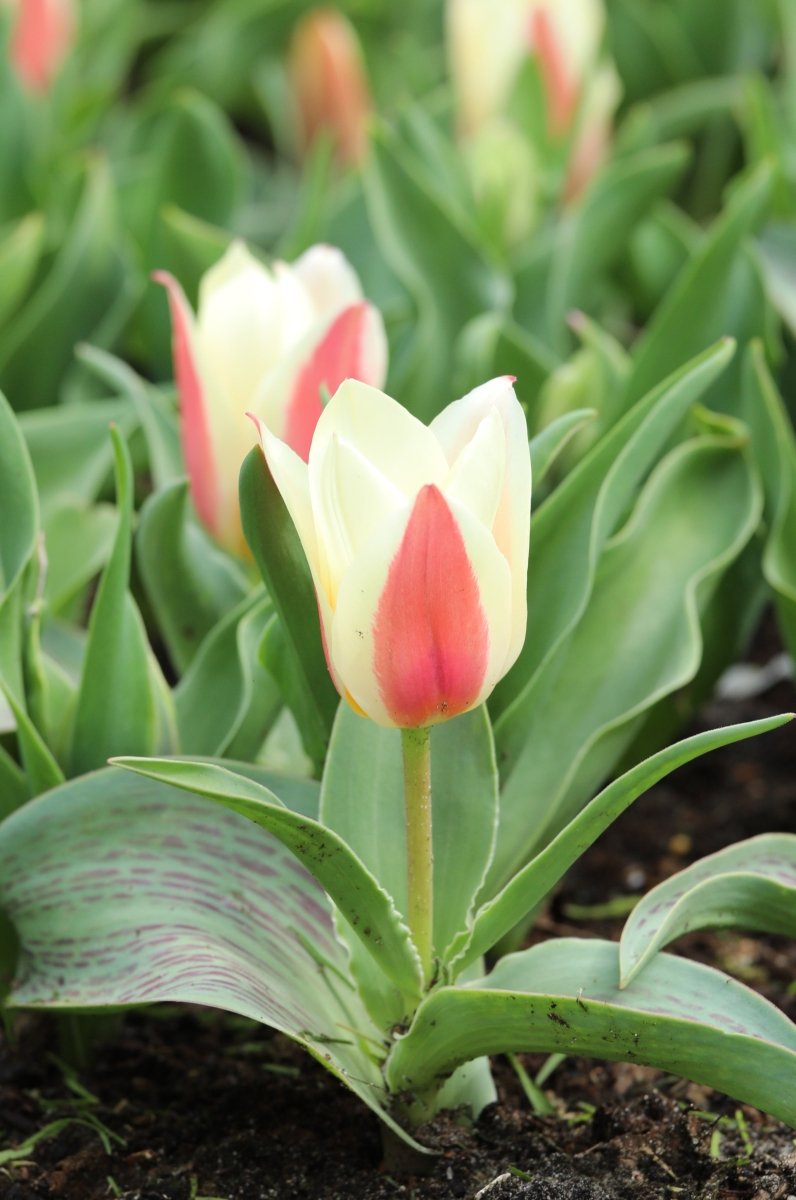Sort by:
About Heart’s Delight
Add a touch of romance and a dash of elegance to your garden with the Tulip Heart's Delight! It's time to let love blossom in your outdoor sanctuary. With its vibrant petals and charming shape, this tulip variety is the perfect choice for anyone seeking a delightful addition to their outdoor oasis. Get yours today and watch your garden come alive with passion and beauty!
- Radiant Romance: Each Tulip Heart's Delight blooms in a captivating shade of crimson, evoking feelings of love and romance. Your garden will become a haven of passion and beauty.
- Captivating Curves: The Tulip Heart's Delight boasts a unique heart-shaped bloom, setting it apart from other tulip varieties. Its alluring shape adds a touch of whimsy and elegance to any floral arrangement.
- Energetic Endurance: These tulips are known for their resilience and longevity, allowing you to enjoy their breathtaking beauty for an extended period. They are the epitome of grace and strength.
How to plant and take care of Heart's Delight
- Select a sunny spot in your garden with well-draining soil. These tulips thrive in full sun, so make sure they get at least six hours of direct sunlight each day.
- Dig a hole that is approximately three times the depth of the bulb. Place the Tulip Heart's Delight bulb in the hole with the pointed end facing up.
- Cover the bulb with soil and gently firm it down to ensure good contact. Water thoroughly to settle the soil and provide moisture for the bulb's growth.
- Throughout the growing season, keep the soil evenly moist but not waterlogged. Avoid overwatering, as it can cause the bulbs to rot.
- Once the Tulip Heart's Delight blooms have faded, allow the foliage to wither and turn yellow. This process helps the bulbs store energy for the following year. You can remove the foliage once it has completely dried out.
About Showwinner
This tulip variety is the ultimate showstopper. Elevate your garden to new heights with the Tulip Showwinner and experience the mesmerizing beauty of these captivating blooms. Add a touch of enchantment to your outdoor space and let the show begin!
- Radiant Color Palette: The Tulip Showwinner showcases a breathtaking blend of crimson, pink, and white, creating a kaleidoscope of captivating hues.
- Striking Blooms: Each tulip blossom boasts elegantly shaped petals, forming a visually stunning masterpiece in your garden.
- Hardy and Resilient: With its sturdy stems and reliable performance, the Tulip Showwinner thrives in various climates and conditions.
- Long-Lasting Beauty: Enjoy an extended flowering period, as these tulips keep gracing your garden with their stunning presence.
How to plant and take care of Showwinner
- Planting Time: Fall is the best season to plant Tulip Showwinner bulbs, allowing them to establish their roots before winter.
- Soil and Location: Choose a well-draining spot with fertile soil, ensuring good sunlight exposure for at least six hours a day.
- Planting Depth: Dig a hole approximately 6 inches deep and place the bulb with the pointed side facing up.
- Watering: After planting, give the bulbs a thorough watering and continue to keep the soil moderately moist throughout the growing season.
- Maintenance: Remove faded flowers to encourage the plant's energy towards bulb development. After the foliage turns yellow, you can trim it back
About Stresa
With its captivating hues and graceful petals, this floral gem is the perfect addition to any flower enthusiast's collection. Get ready to immerse yourself in a blossoming paradise with the Tulip Stresa!
- Dazzling Display: Showcasing a stunning blend of deep reds and bright yellows, the Tulip Stresa creates a breathtaking spectacle in any setting.
- Unforgettable Elegance: Its delicate petals boast intricate patterns, resembling strokes of an artist's brush, making it a truly unique and eye-catching variety.
- Long-Lasting Beauty: The Tulip Stresa is not only a sight to behold but also a long-lasting companion, ensuring your garden is adorned with its splendor for an extended period.
How to plant and take care of Stresa
- Planting: Choose a well-drained spot in your garden that receives ample sunlight. Dig a hole approximately 6 inches deep and place the Tulip Stresa bulb with the pointed end facing upwards. Cover the bulb with soil and water gently.
- Watering: Keep the soil evenly moist, but avoid overwatering as it may cause the bulb to rot. A weekly watering should suffice, adjusting based on your local weather conditions.
- Fertilizing: Feed the Tulip Stresa bulb with a balanced bulb fertilizer during planting for nourishment. Repeat the process in subsequent growing seasons.
- Winter Care: After the Tulip Stresa blooms have faded, allow the foliage to wither naturally. This process helps replenish the bulb for future growth. Consider covering the area with mulch for added protection during winter.
About The First
Kaufmanniana Tulip The First is one of the earliest tulips to bloom in spring. With its striking red and white striped petals and deep green leaves marked with purple, this compact tulip adds bold color to garden beds, borders, and containers. Its low-growing habit and strong stems make it perfect for windy spots and small spaces. Ideal for both beginner and seasoned gardeners, this tulip brings reliable beauty year after year.
-
Bright red and white striped looms with elegant, patterned foliage
-
Blooms early in the season, often the first tulip to flower
-
Grows up to 10-12 inches tall, perfect for small gardens
-
Strong stems stand up well to spring winds
-
Great for beds, borders, rock gardens, and pots
How to plant and take care of Greigii Tulip The First:
-
Plant bulbs in fall, about 4-6 inches deep in well-draining soil
-
Choose a sunny spot for the best blooms
-
Space bulbs 4-5 inches apart to allow room for growth
-
Water well after planting and keep soil lightly moist
-
Allow foliage to die back naturally after blooming to feed the bulb
-
Add mulch in colder climates to protect bulbs over winter
FAQs

